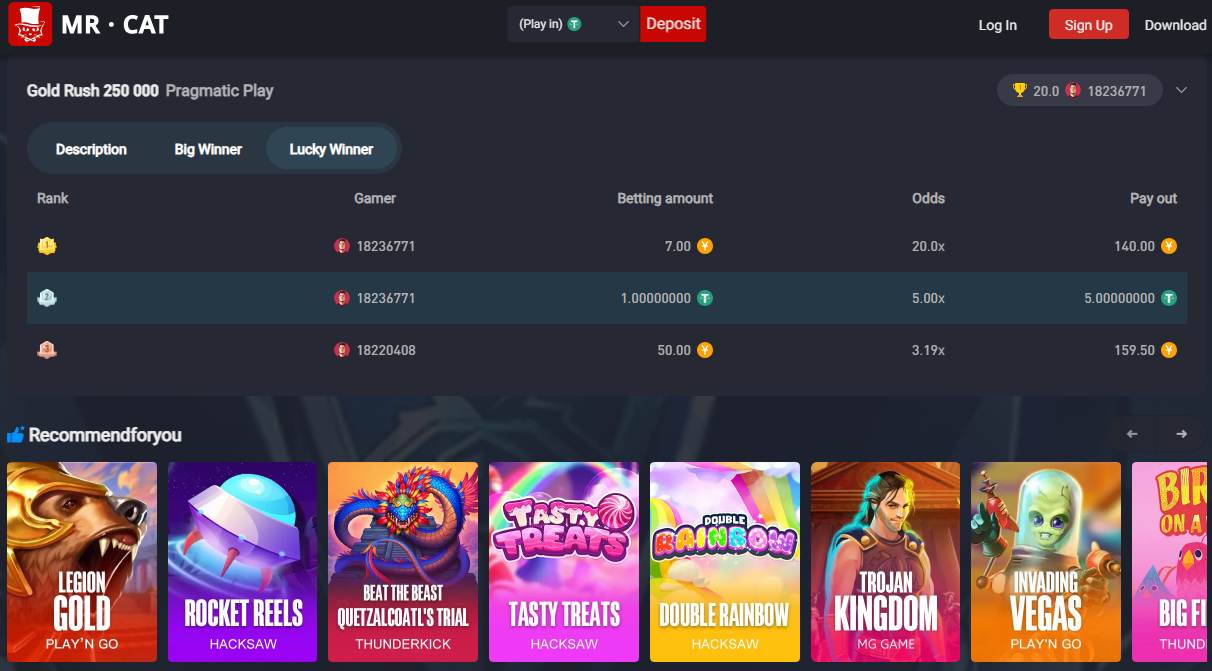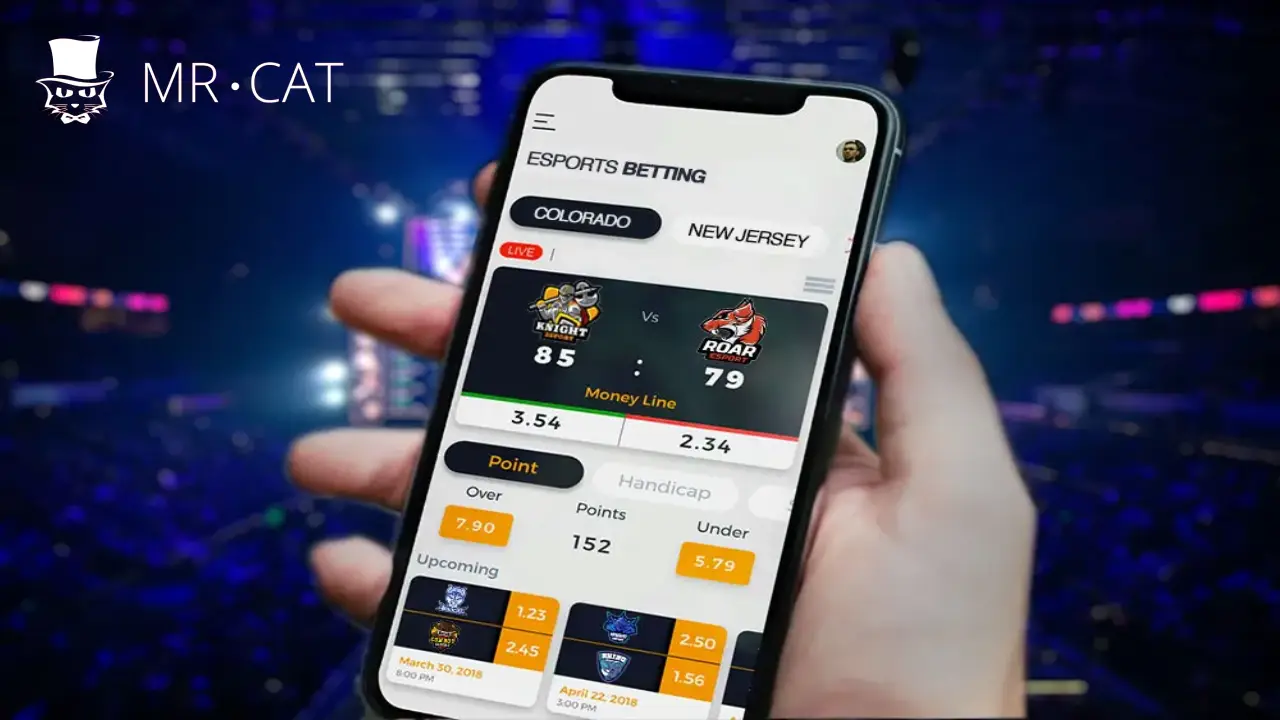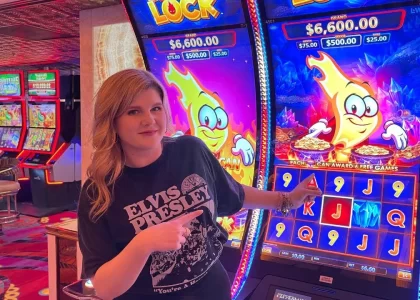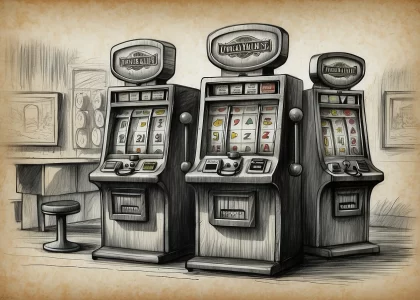Slot variance and volatility are crucial components of slot games, providing insight into how these games function. Along with Return to Player (RTP), these factors help define the payout structure and outcomes that players can expect. While luck remains a significant element, a solid understanding of variance and volatility can enhance your slot-playing experience.
This guide explores slot variance, volatility, and their effects on gameplay, helping players choose the best games for their play style and build a better understanding of how slot games operate.
Slot Variance and Volatility Explained
While variance and volatility are sometimes used interchangeably, they each have distinct meanings. Both relate to the concept of RTP, which we will also explain later.
Variance
Variance refers to the long-term deviation of slot payouts. It’s categorized into low, medium, and high variance. This measure helps players understand the expected frequency and amount of wins over extended gameplay.
Volatility
Volatility refers to the short-term nature of slot payouts, indicating how frequently players win and how large those wins may be. Similar to variance, volatility is also classified as low, medium, or high.
In essence, variance applies volatility over a longer period, giving players an idea of how their gameplay may play out over time.
Return to Player (RTP)
RTP is a percentage value that reflects how much money a player can expect to win back from their total bets over time. RTP typically ranges from 90% to 96%. For example, if a slot has an RTP of 96%, a player can expect to receive $96 back from every $100 wagered, on average. However, RTP doesn’t account for short-term fluctuations, and luck can still influence results.
While RTP, variance, and volatility are all tied to payouts, RTP doesn’t directly determine volatility. A slot with high RTP can still have low or high volatility, and the same goes for low RTP slots. The key difference is how payouts are distributed.
Detailed Breakdown of Variance and Volatility

Understanding the different levels of variance and volatility can guide players toward games that suit their preferences:
Variance Breakdown
- Low Variance: High frequency of small wins. Best for players who prefer low-risk, consistent gameplay.
- Medium Variance: Balanced risk with moderate win sizes. Ideal for players seeking a mix of risk and reward.
- High Variance: Infrequent, large wins. Suited for players who enjoy taking risks for higher rewards.
Volatility Breakdown
- Low Volatility: Frequent small wins in short-term play. Great for players looking for a low-risk option with more regular payouts.
- Medium Volatility: Balanced win frequency and reward size. Popular among players who enjoy moderate risk.
- High Volatility: Rare, significant wins. Perfect for players who thrive on high-stakes excitement.
Individual Slot Volatility Index
Slot volatility is quantified using the Slot Volatility Index, a numerical scale ranging from 0 to 20. A slot with a volatility index of 2 would be considered low, while a score of 17 would indicate high volatility. This index is calculated through extensive testing by game developers, making it difficult for players to determine a slot’s volatility on their own.
How to Determine Slot Volatility
Since developers closely guard the data used to calculate slot volatility, players often rely on online casino sites and reviews to find low, medium, or high volatility ratings for specific games. Additionally, some slots allow players to adjust the volatility during gameplay.
Which Volatility Level is Right for You?
Choosing the right volatility level depends on your preferences:
- Low volatility: Ideal for players who prefer frequent small wins.
- High volatility: Better for players who are willing to risk infrequent but larger payouts.
Popular Slot Games by Volatility Level
Here are some popular games representing different levels of variance and volatility:
- Low Volatility: Jack Hammer, Starburst, Blood Suckers
- Medium Volatility: Gordon Ramsay Hell’s Kitchen, Jack in a Pot, Rich Wilde and the Book of Dead
- High Volatility: Dead or Alive 2, Rome: The Golden Age, Twin Spin Megaways
Can You Influence Slot Volatility?
Typically, slot volatility is predetermined, but some games allow players to modify it using special game features. These adjustable volatility slots let you switch between classic and higher volatility modes, adding flexibility to the gameplay experience.
FAQs
- What is slot variance?
Slot variance refers to the expected deviation of payouts over time and can be classified as low, medium, or high. - What is slot volatility?
Slot volatility determines how often and how much a player can expect to win in the short term, with classifications of low, medium, or high. - Can slot volatility be changed?
Some slots offer adjustable volatility settings, allowing players to influence the gameplay experience. - Which is better, high or low volatility?
It depends on your play style—low volatility suits players who want frequent small wins, while high volatility is better for those seeking larger, riskier payouts.
In conclusion, understanding variance and volatility can make your slot experience more enjoyable and tailored to your preferences. Whether you prefer steady wins or the thrill of chasing big rewards, there’s a slot game out there for everyone.
































